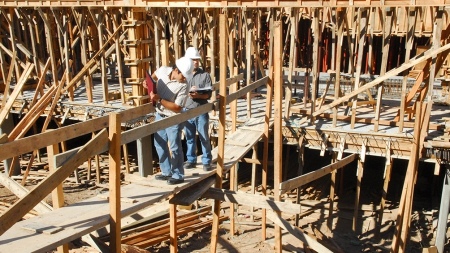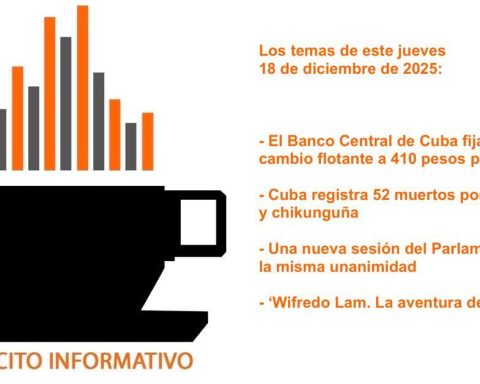Employment in the construction sector added 67,000 jobs since 2020 and is close to a historical record, according to a report prepared by the National Directorate of Transparency (DNT) of the Ministry of Public Works.
The analysis, carried out based on figures from the National Institute of Statistics and Censuses (Indec), indicates that, as of August, there were 443,121 jobs registered in the construction sector.
In this way, since January 2020, 67,000 more jobs were added to the sector, thus turning around, going from its lowest peak in July 2020 (308,570 jobs) due to the impact of sanitary restrictions in the coronavirus pandemic, to being close to their all-time records of 458,433 and 458,147 jobs from June 2015 and November 2017, respectively.

The recovery was constant: between August 2020 and the same month in 2022, there was no drop in the number of jobswith the exception of December 2020 and 2021, where there were losses of between 1% and 2% due to the summer period.
The current figures also exceed the 359,775 jobs in March 2020, the first month of the pandemic, and, if the current numbers hold, 2023 could be the best year for the sector along with 2015 and 2018, periods where an average of 445,821 and 446,337 jobs.
The expansion of the plants of the existing construction firms explained much of the job growthalthough in August, for the first time so far in 2022, the incorporation of new employers was the main impetus.

Likewise, the official report specified that most of the jobs in the last two years were created outside the large jurisdictions and especially in the Cuyo and Northeast regions.
Meanwhile, the last indicator showed that the province of Buenos Aires (excluding the Buenos Aires suburbs) accounted for 15% of the new jobs generated in Julyfollowed by those of Salta, Misiones, Formosa, Santiago del Estero, Formosa, Santiago del Estero and Jujuy which, together, included almost one in two new jobs created that month.
In fact, the creation of jobs was so high that it made it possible to avoid the typical winter decline that occurs in that period of the year, which has an impact, especially, on employment in the Patagonian region.
“Public work is an equalizing strategy, which impacts the lives of all the people who inhabit the Argentine territory, and strengthens economic activation, with a federal perspective,” said the national director of Transparency, Roxana Mazzola.

For its part, in the year-on-year comparison, between August 2021 and August 2022 there was an increase in job positions of 17.9% according to INDEC.
The data is in line with the indicators from other organizations: according to the Employment and Business Dynamics Observatory (OEDE) of the Ministry of Labor, there was a interannual increase of 15% while the Institute of Statistics and Registration of the Construction Industry (Ieric) calculated 16.6%.
Although the latest official employment data is from August, the prospects for the data for the last months of this year are positive.
The Ieric, in its latest report on the situation in November, highlighted that registered employment in the sector has, as of September, 18 consecutive months with year-on-year variations of more than 10%, thus exceeding 2019 levels.
Survey of companies in the sector
On the other hand, prior to the period of September and November, INDEC conducted a survey of large companies in the sector and 21.6% considered that the level of activity will increase.
Meanwhile, 59.5% considered that it will not change and only 18.9% that it will decrease.
In the same way, 27.5% projected an increase in the hiring of personnel.
Another of the indicators closely followed to measure activity in the sector are those related to inputs.
The latest Construya (IC) index of inputs registered an increase of 5.26% in October compared to the previous month.
The index, measured by twelve companies that measure the volumes sold to the private sector of the construction products they manufacture, also showed a rise of 7.6% in the first ten months of the year compared to the same period in 2021.
















